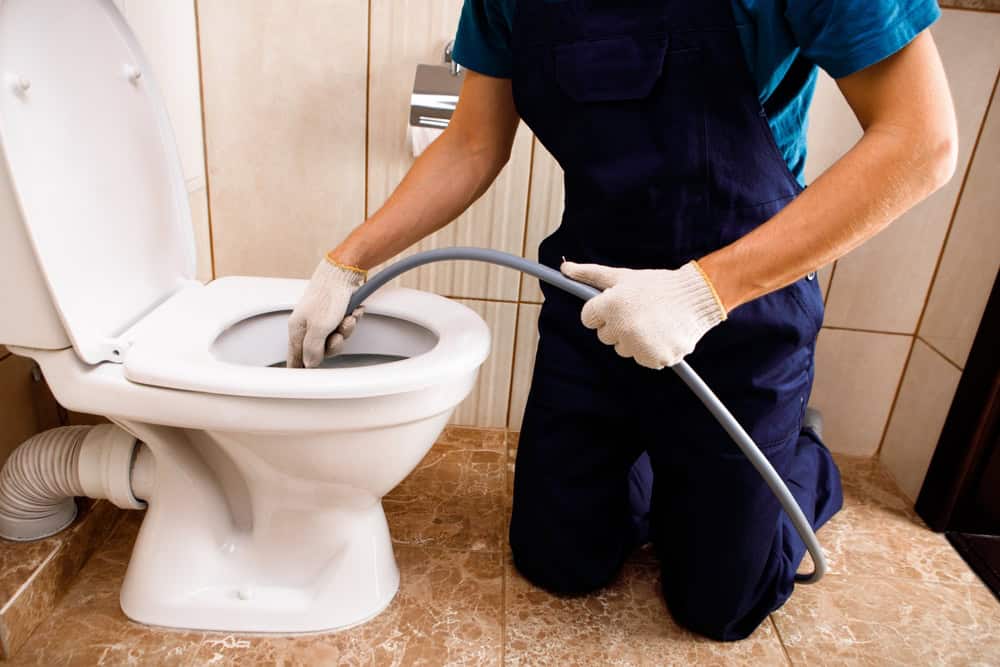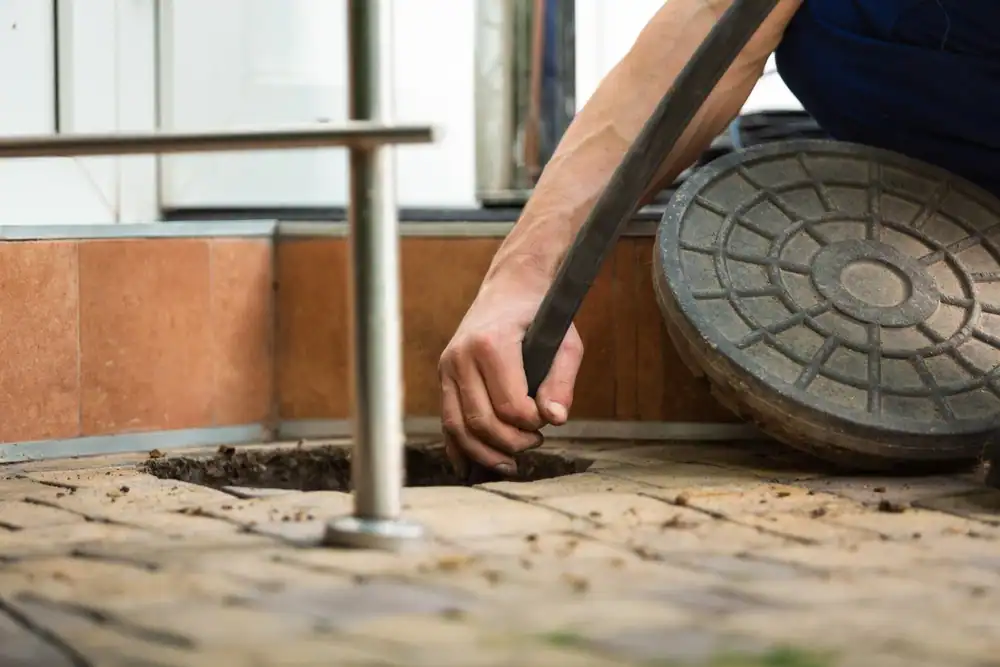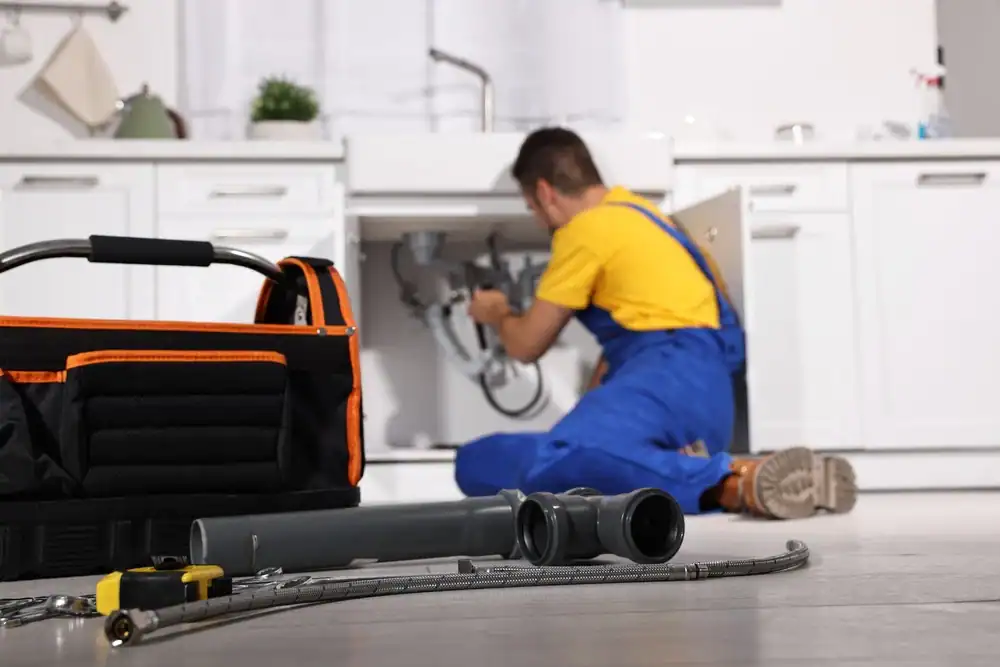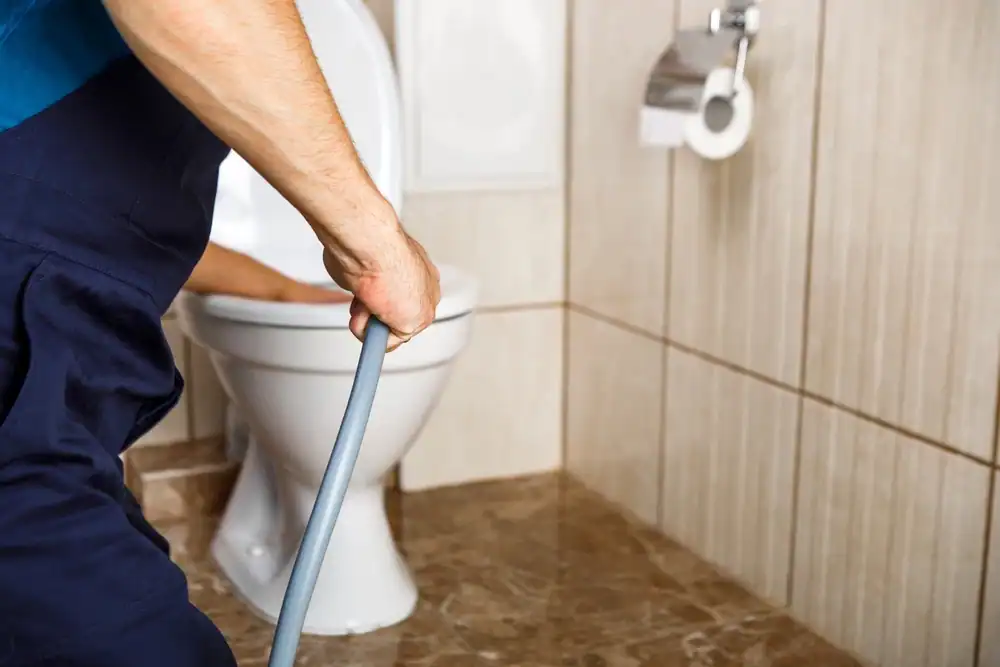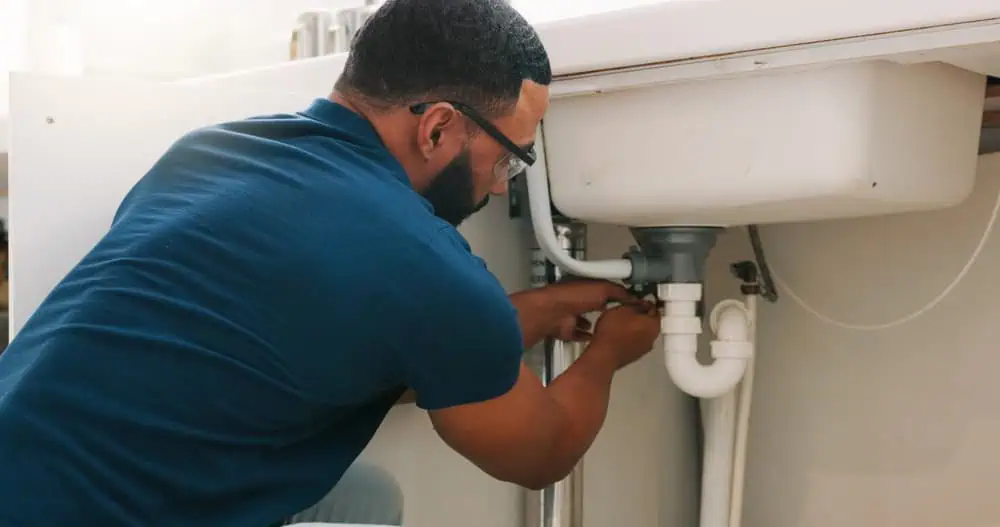Summary:
Water Waste Calculations and Simple Fix Identification for DIY Success
Running toilet water waste varies dramatically based on problem type, from 50-200 gallons daily for minor flapper issues costing $50-150 annually to 500-1,000 gallons daily for stuck fill valves adding $400-800 to water bills while indicating more serious component failures requiring professional assessment. Simple DIY fixes address 70-80% of running toilet problems through component adjustment or replacement costing $15-50 in parts: flapper replacement takes 15 minutes and costs $8-15, chain adjustment requires no parts and 5 minutes of work, and float arm adjustment costs nothing but prevents hundreds in wasted water. Your DIY success depends on accurate problem identification—flapper problems show visible water movement in bowl, fill valve issues create continuous tank filling sounds, and chain problems prevent complete tank drainage during flushing cycles. FloTek Plumbing provides phone consultation that helps homeowners distinguish between simple mechanical problems suitable for DIY repair and complex issues requiring professional diagnosis, preventing wasted time and money on inappropriate repair attempts. Professional assessment becomes necessary when simple fixes don’t solve problems within 24-48 hours, indicating underlying issues like cracked toilet bases, damaged wax rings, or internal component failure requiring specialized tools and expertise that DIY approaches cannot address effectively.
Component Failure Patterns That Indicate DIY vs. Professional Repair Needs
Flapper problems show consistent water trickling into bowl and respond to adjustment or replacement within 15-30 minutes, while fill valve issues create continuous tank refilling that simple adjustment cannot stop, indicating internal valve failure requiring $25-40 replacement. Chain problems prevent complete flushing cycles but allow normal tank filling, while float problems cause overfilling that spills into overflow tube. These mechanical issues respond to DIY repair, unlike structural problems requiring professional intervention.
Warning Signs That Require Immediate Professional Assessment
Water pooling around toilet base indicates wax ring failure or cracked toilet mounting requiring $150-400 professional repair, while rocking toilets signal loose bolts or floor damage costing $200-800 to address properly. Multiple failed DIY attempts within 48 hours indicate complex problems that progressive tinkering can worsen, requiring professional diagnosis to prevent $300-800 repair costs from misguided amateur attempts.
Want live answers?
Connect with a FloTek Plumbing expert for fast, friendly support.
Complex Problems That Masquerade as Simple Running Toilet Issues
Advanced running toilet problems often appear as simple mechanical issues but require professional diagnosis and repair when underlying structural damage, sewer line problems, or internal component failure creates symptoms that DIY fixes cannot address permanently. Cracked toilet tanks allow internal water leakage that DIY flapper replacement cannot stop, requiring $200-500 toilet replacement when cracks compromise structural integrity and create ongoing leak risks. Damaged toilet flanges prevent proper sealing regardless of wax ring condition, causing recurring problems that DIY attempts cannot solve while creating floor damage costing $400-1,200 in subflooring replacement when water penetration continues unaddressed. Your problem complexity assessment should include multiple symptom evaluation: simple problems show single isolated symptoms while complex issues demonstrate multiple concurrent problems like running water plus rocking toilet plus floor dampness indicating structural problems requiring comprehensive professional repair. FloTek Plumbing uses diagnostic procedures including pressure testing that reveals internal leaks, level measurement that identifies toilet movement, and subflooring inspection that detects water damage requiring repair before toilet reinstallation. Professional repair includes component replacement using commercial-grade parts lasting 8-12 years versus residential parts failing within 2-4 years, proper sealing techniques that prevent recurring leaks, and structural assessment that identifies underlying problems causing surface symptoms.
Hidden Leak Detection That Prevents Structural Damage
Running toilets can mask hidden leaks that cause $2,000-8,000 in floor and structural damage when water penetrates subflooring and creates rot requiring extensive reconstruction. Professional leak detection using moisture meters and thermal imaging identifies water intrusion before visible damage appears, allowing targeted repair that prevents catastrophic structural failure requiring emergency restoration costing 10-20 times more than early intervention.
Professional Repair Warranties That Prevent Recurring Problems
Professional toilet repair includes warranties covering parts and labor for 1-2 years, preventing the recurring problems that cost homeowners $100-300 annually in repeated DIY attempts using inferior parts that fail frequently. Professional installation techniques and commercial-grade components provide long-term solutions that eliminate ongoing maintenance costs while preventing the progressive damage that occurs when amateur repairs fail repeatedly.
Stop Water Waste and Prevent Expensive Structural Damage
Running toilet problems range from simple $15-50 DIY fixes to complex $300-800 repairs requiring professional diagnosis to distinguish between mechanical issues and structural problems that amateur attempts cannot address effectively. Early professional assessment prevents water waste costing $200-600 annually while identifying underlying problems before they cause expensive structural damage. Contact FloTek Plumbing today for running toilet diagnosis that determines appropriate repair level and prevents the costly mistakes that turn simple problems into expensive emergency situations requiring immediate professional intervention.
